British Museum opens the first ever major exhibition to explore the life of Ashurbanipal
Relief of Ashurbanipal hunting on horseback. Nineveh, Iraq. Assyrian, 645–635 BC. © The Trustees of the British Museum
LONDON.- This autumn, discover the world of ancient Assyria through the life and legacy of its last great ruler, King Ashurbanipal. The BP exhibition I am Ashurbanipal: king of the world, king of Assyria will transport you back to ancient Iraq in the 7th century BC, when Ashurbanipal became the most powerful person on earth. From his capital at Nineveh, he ruled a vast and diverse empire, shaping the lives of peoples from the shores of the eastern Mediterranean to the mountains of western Iran.
How did one man negotiate family politics, the pressures of kingship, and the will of the gods? Ashurbanipal, proud of his scholarship, assembled the greatest library in existence during his reign. Guided by this arsenal of knowledge, he defined the course of the empire and boldly asserted his claim to be ‘king of the world, king of Assyria’.
Relief detail of Ashurbanipal hunting on horseback, Nineveh, Assyria, 645 -635 BC. ©The Trustees of the British Museum
This is the first ever major exhibition to explore the life of Ashurbanipal in such depth. The exhibition tells Ashurbanipal’s remarkable story through the vivid narratives recorded on his palace sculptures, the hundreds of cuneiform texts that survive from his library, and from the wealth of objects discovered by archaeologists working in the region. Innovative displays bring to life the tumultuous story of Ashurbanipal’s reign; his conquest of Egypt, the crushing defeat of his rebellious older brother, and his ruthless campaigns against all who defied his rule.
Carved magnesite statue of Ashurnasirpal II on reddish dolomite stand, Temple of Ishtar Belit Mati, Nimrud (Kalhu), North Iraq, 883BC-859 BC. © The Trustees of the British Museum.
Over 200 extraordinary objects from all corners of the empire reveal how one of the greatest Assyrian monarchs stamped an indelible mark on the history of the world. The British Museum’s world-renowned collection of Assyrian treasures have been complemented by key loans from across the globe. These include unique objects and artworks from the collections of the History Museum of Armenia, Yerevan; the Musée du Louvre, Paris; the Vorderasiatisches Museum, in Berlin; the State Hermitage Museum, St Petersburg; the Museo Gregoriano Etrusco, Musei Vaticani, Vatican City; and the Cyprus Museum, Nicosia. Many of these remarkable objects have never travelled to the UK before.
Shamash-shumu-ukin and Ashurbanipal Stone stele depicting Ashurbanipal (right), shown with a ritual basket on his head with cuneiform inscription, South Iraq, Marduk temple (Babylon), 668BC-665BC. His brother Shamash-shumu-ukin (left) carved with cuneiform inscription, South Iraq, Temple of Nabu (Borsippa), 668BC- 655BC © The Trustees of the British Museum
The exhibition immerses visitors in the life at the great Assyrian court. Massive stone sculptures, intricately carved reliefs, painted glazed bricks and rare wall paintings evoke the splendour of the cities and palaces. Delicately carved ivories, extravagant metalwork, cosmetic vessels and gold ornaments show how the elites lived in splendour. Ornate chariot fittings and elaborate weaponry reveal how this was an age of conflict, as rival kings fought for power and glory. Ashurbanipal’s prowess as a valiant warrior is recorded on a series of vividly carved reliefs in the British Museum’s collection that depict the royal lion hunt. Lion hunts were drama-filled public spectacles staged within the hunting grounds at Nineveh.
Relief depicting Ashurbanipal hunting a lion. 645 – 635 BC. © The Trustees of the British Museum.
Ashurbanipal claimed to be unlike his predecessors for he could read, write and debate with expert scholars. During his reign he assembled a unique and visionary library at his palace in Nineveh. Knowledge was power; this library was a practical tool that helped the king to manage his empire. Using the British Museum’s world-renowned collection of documents dating to Ashurbanipal’s reign, the exhibition will recreate the king’s great library to evoke its scale and present its contents and significance.
Relief depicting Ashurbanipal hunting a lion. 645 – 635 BC. © The Trustees of the British Museum.
Many of the objects featured in the exhibition come from archaeological sites in Iraq such as Nineveh and Nimrud that have been systematically targeted and destroyed by Daesh (IS). The final section of the exhibition highlights the challenges faced in protecting Iraqi cultural heritage under threat and showcases the work of the ‘Iraq Emergency Heritage Management Training Scheme’. In response to the destruction of heritage sites in Iraq, the British Museum developed this scheme to train Iraqi archaeologists in rescue archaeology and emergency heritage management. An overview of the project’s training and research is being presented to visitors through film footage of the excavations and exclusive interviews with participants.
Clay seal showing an Assyrian king in combat with a lion. 715 BC. © The Trustees of the British Museum.
Gareth Brereton, exhibition curator, said, “This autumn, the British Museum will reveal the history of Ashurbanipal, the greatest king you’ve never heard of. We hope many visitors will discover the stories of ancient Assyria and Ashurbanipal for the very first time, and experience the splendour of his palace at Nineveh and the impact of the Assyrian empire. As present day Iraq looks to recover the history of damaged sites at Nineveh and Nimrud, this exhibition allows us to appreciate and relive the great achievements of an ancient world and celebrate its legacy.”
Lioness plaque: Ivory plaque of a lioness mauling a man, ivory, gold, cornelian, lapis lazuli, Nimrud, 900 BC – 700 BC. © The Trustees of the British Museum.
Hartwig Fischer, Director of the British Museum, said: “I am delighted to announce the BP exhibition I am Ashurbanipal: king of the world, king of Assyria. This exhibition will bring visitors face to face with a king whose reign shaped the history of the ancient world. Temporary exhibitions of this nature are only possible with external support so I am hugely thankful for BP’s long term commitment to supporting exhibitions at the British Museum. I would also like to express my gratitude to the show’s logistics partner IAG Cargo who are safely transporting some of incredible loan objects from across the world to London to share with our global audience."
Relief depicting Ashurbanipal relaxing in his garden. The head of the Elamite king hangs from a tree on the far left. 645 – 635 BC. © The Trustees of the British Museum.
Votive bronze decorated helmet offered to the god Haidi, by king Arguisti 1st Copper-alloy, 786 BC-764 BC. History Museum of Armenia, Yerevan.
Detail of a relief showing the Assyrian siege of an Elamite fort. 645 – 635 BC. © The Trustees of the British Museum.
Relief showing the looting of the Elamite city of Hamanu. c. 645 – 635 BC. © The Trustees of the British Museum.
Relief depicting the siege of an Egyptian fort. 645 – 635 BC. © The Trustees of the British Museum.
Granite sphinx of Taharqo, Kawa, Sudan, c. 680 BC. © The Trustees of the British Museum.
Relief depicting the Assyrian capture of Babylon. 638 – 625 BC. © The Trustees of the British Museum.
Fragment of a clay tablet, which tells the story of the flood from the Epic of Gilgamesh, 7th century BC. © The Trustees of the British Museum.
Fragment of a clay tablet with inscription in cuneiform, written for the library of Ashurbanipal. 7th century BC. © The Trustees of the British Museum.
A scribal note recording that the tablet belonged to the collection of ‘Ashurbanipal, King of the World, King of Assyria’. © The Trustees of the British Museum.
Tablets from Ashurbanipal’s Library on display. © The Trustees of the British Museum.
Clay letter and envelope. 8th century BC. © The Trustees of the British Museum.
Relief depicting a eunuch. 710 – 705 BC. © The Trustees of the British Museum.
Bronze Lion, Furniture fitting topped by a recumbent lion, bronze, Toprakkale, 9th century BC © The Trustees of the British Museum.
Sculpture of a winged bull (lamassu) from the Assyrian city of Nimrud. 865 – 860 BC. © The Trustees of the British Museum.
Discovery of Nimrud, Frederick Charles Cooper (1810-1880), Nimrud, mid-19th century, watercolour on paper. © The Trustees of the British Museum.
Illustration of Assyrian palaces from The Monuments of Nineveh by Sir Austen Henry Layard, 1853. © The Trustees of the British Museum.
Illustration of a hall in an Assyrian palace from The Monuments of Nineveh by Sir Austen Henry Layard, 1853. © The Trustees of the British Museum
Frederick Arthur Bridgman (1847–1928), The Diversion of an Assyrian King. Oil on canvas, 1878. © The Trustees of the British Museum.
Eugène Delacroix (1798–1863), Death of Sardanapalus. Oil on canvas, 1827, Musée du Louvre, Paris. © R.M.N./H. Lewandowski.
John Martin, The Fall of Nineveh. Print, 1829. © The Trustees of the British Museum.
Map of the Assyrian empire at its greatest extent during the reign of Ashurbanipal (668 BC to c. 627 BC) (in pink). Map produced by Paul Goodhead.
Photograph of Iraqi archaeologists undertaking training as part of the British Museums Iraq Emergency Heritage Management Training Scheme © The Trustees of the British Museum.

/https%3A%2F%2Fprofilepics.canalblog.com%2Fprofilepics%2F1%2F0%2F100183.jpg)
/https%3A%2F%2Fstorage.canalblog.com%2F03%2F02%2F119589%2F96711876_o.jpg)
/https%3A%2F%2Fstorage.canalblog.com%2F11%2F31%2F119589%2F94773502_o.jpg)
/https%3A%2F%2Fstorage.canalblog.com%2F20%2F83%2F119589%2F94772815_o.jpg)
/https%3A%2F%2Fstorage.canalblog.com%2F26%2F72%2F119589%2F75604929_o.jpg)
/https%3A%2F%2Fstorage.canalblog.com%2F59%2F60%2F119589%2F26458628_o.jpg)

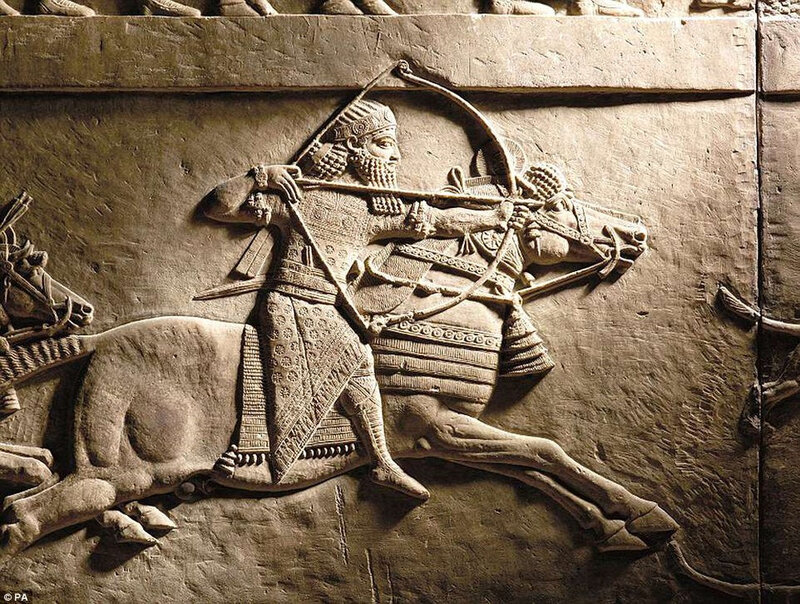


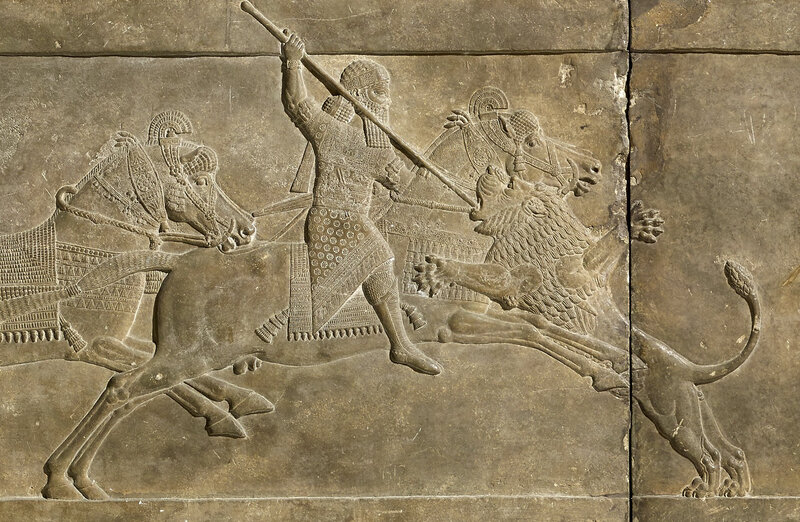





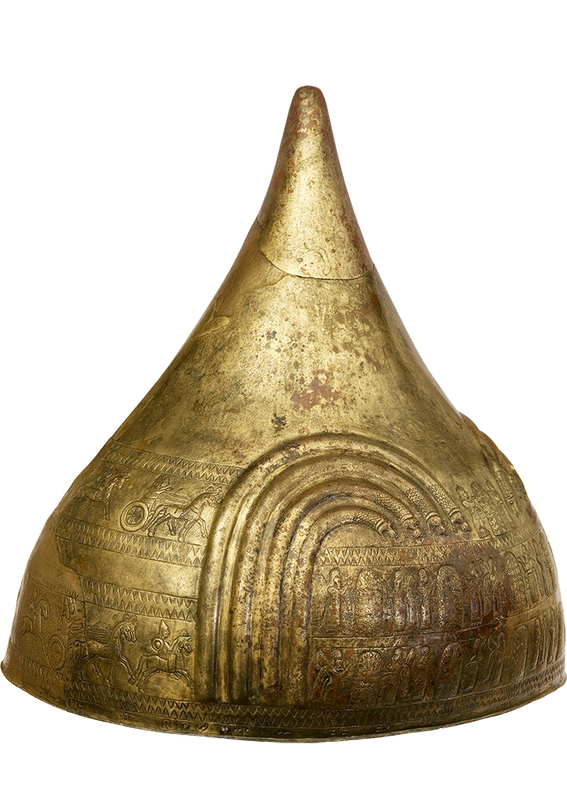
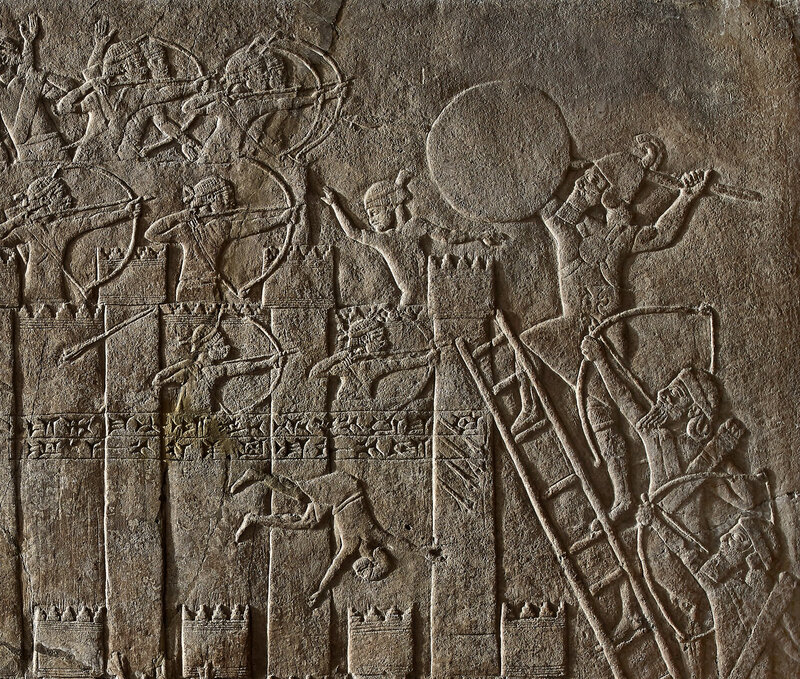

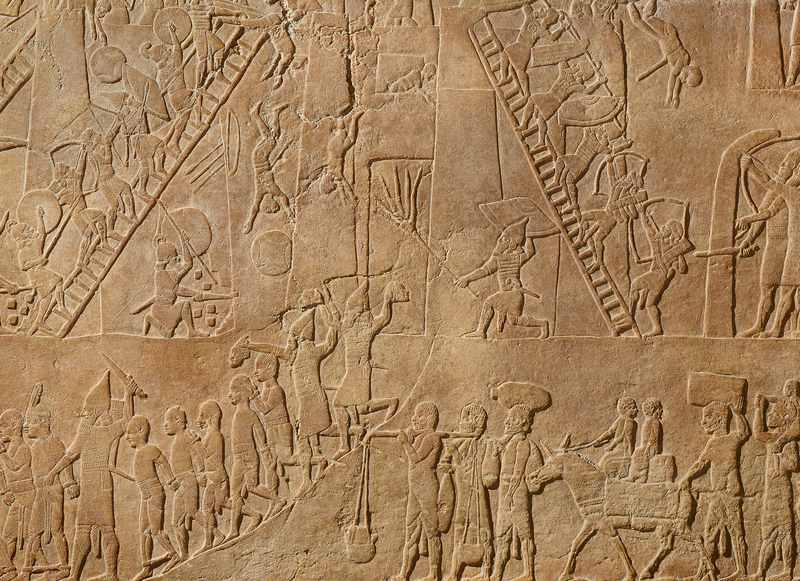







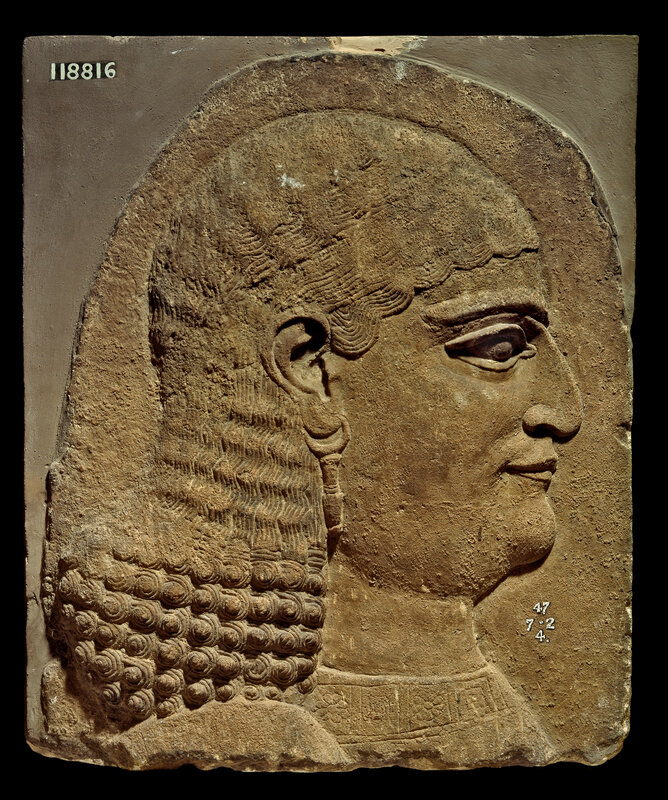


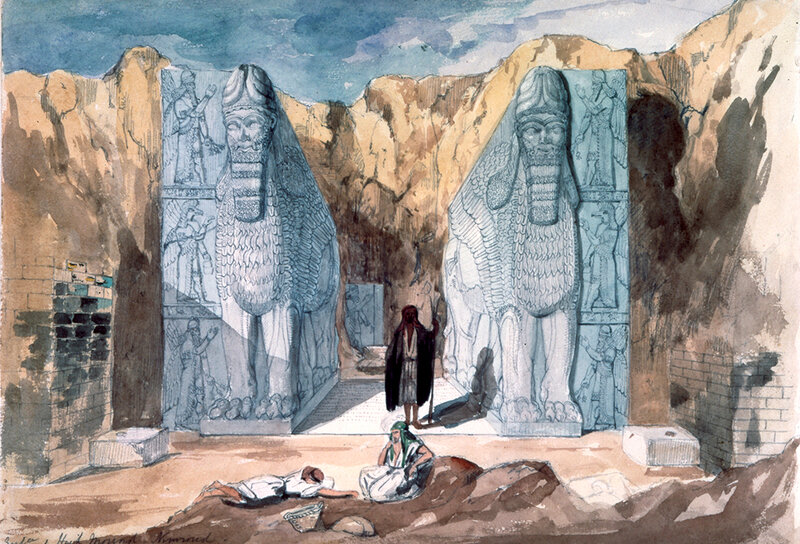
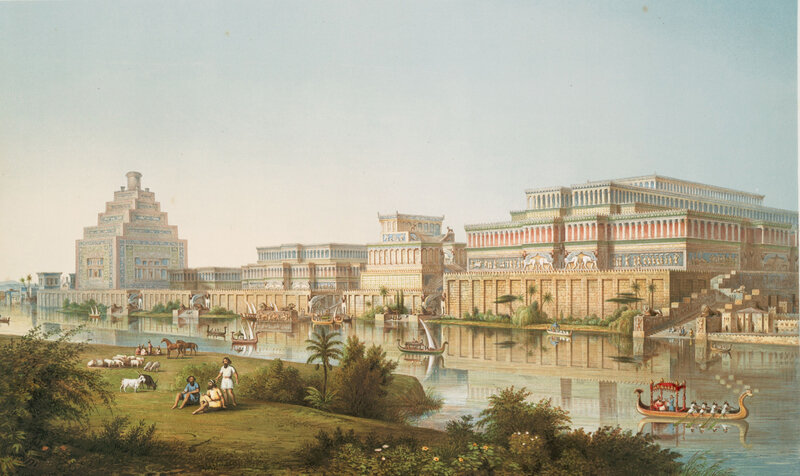

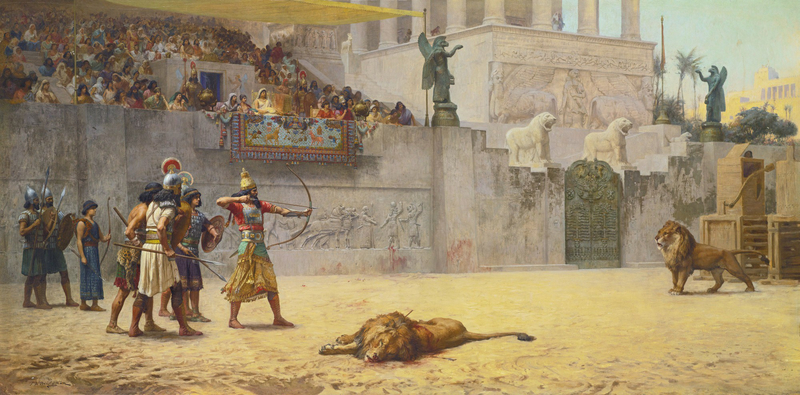

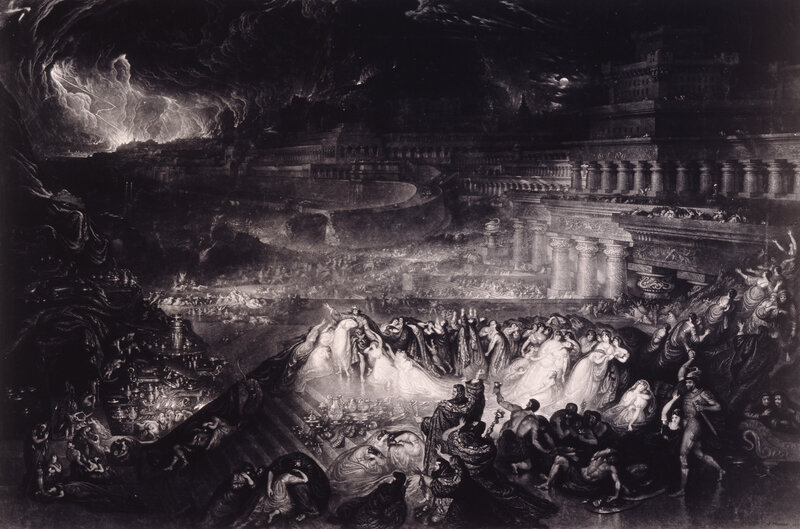

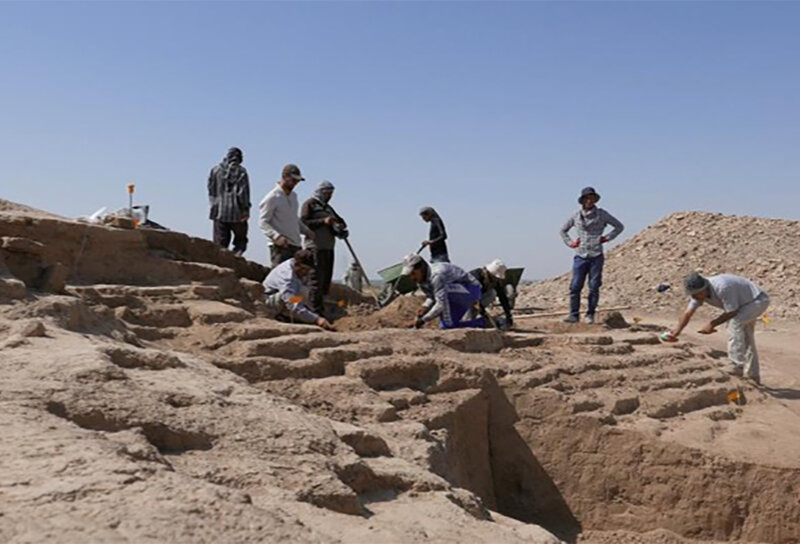


/image%2F1371349%2F20240426%2Fob_9bd94f_440340918-1658263111610368-58180761217.jpg)
/image%2F1371349%2F20240426%2Fob_cfa6e3_440317478-1658265314943481-25907527200.jpg)
/image%2F1371349%2F20240426%2Fob_844371_440162278-1658267648276581-39734064969.jpg)
/image%2F1371349%2F20240426%2Fob_afd75f_telechargement-20.jpg)